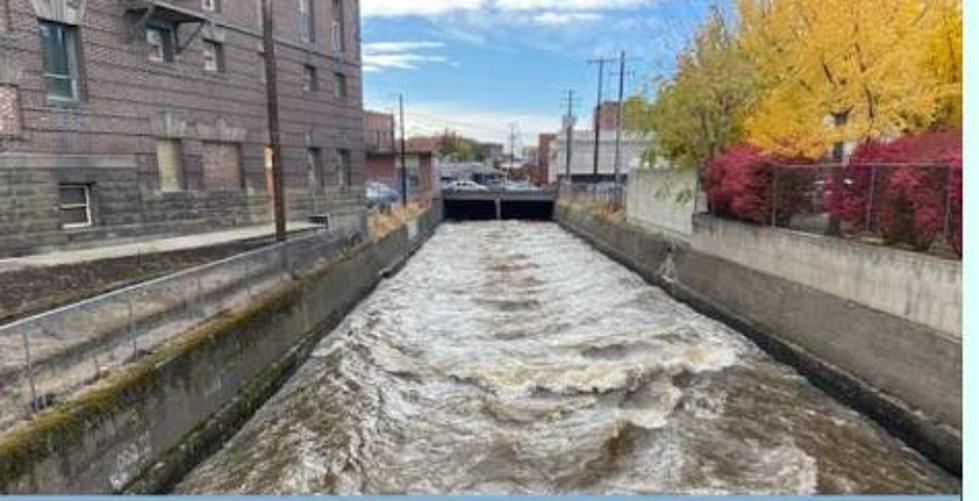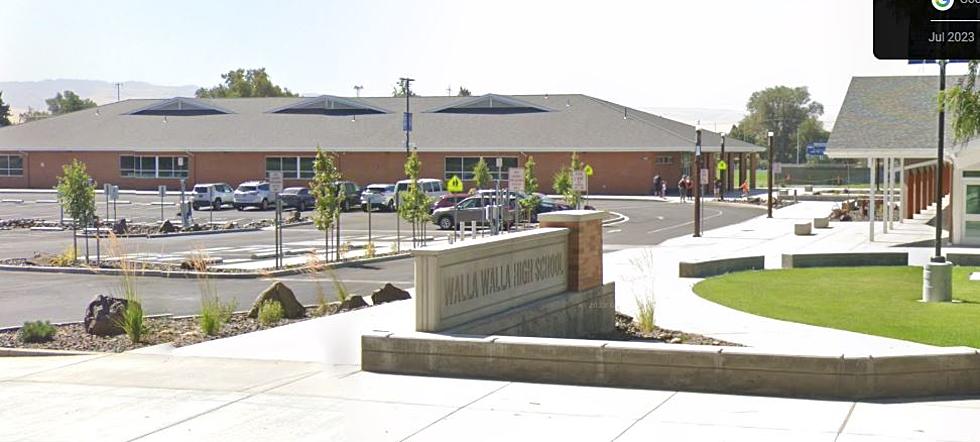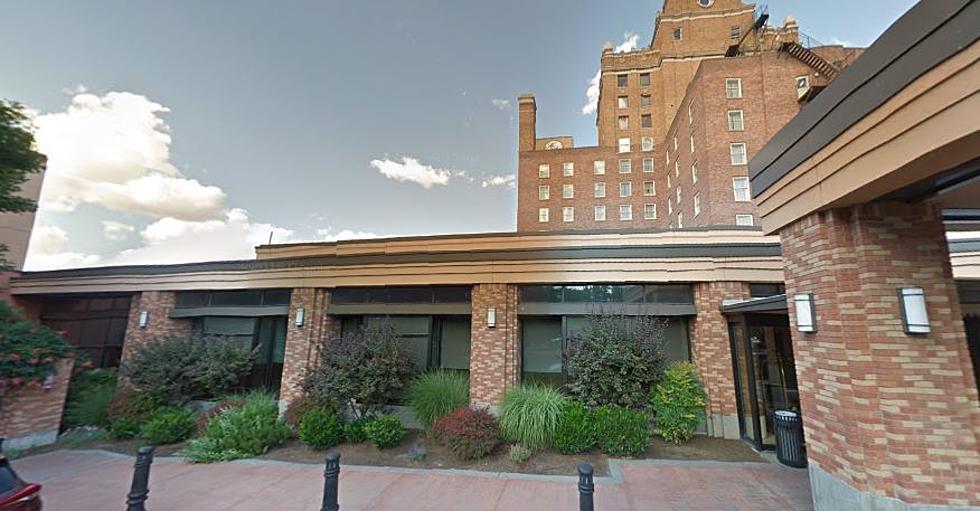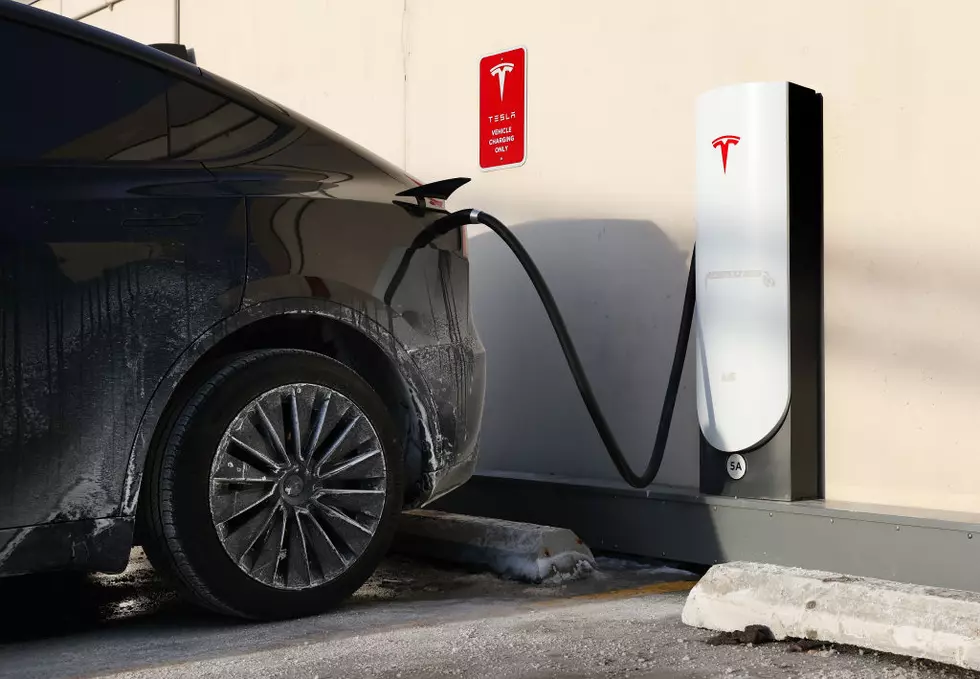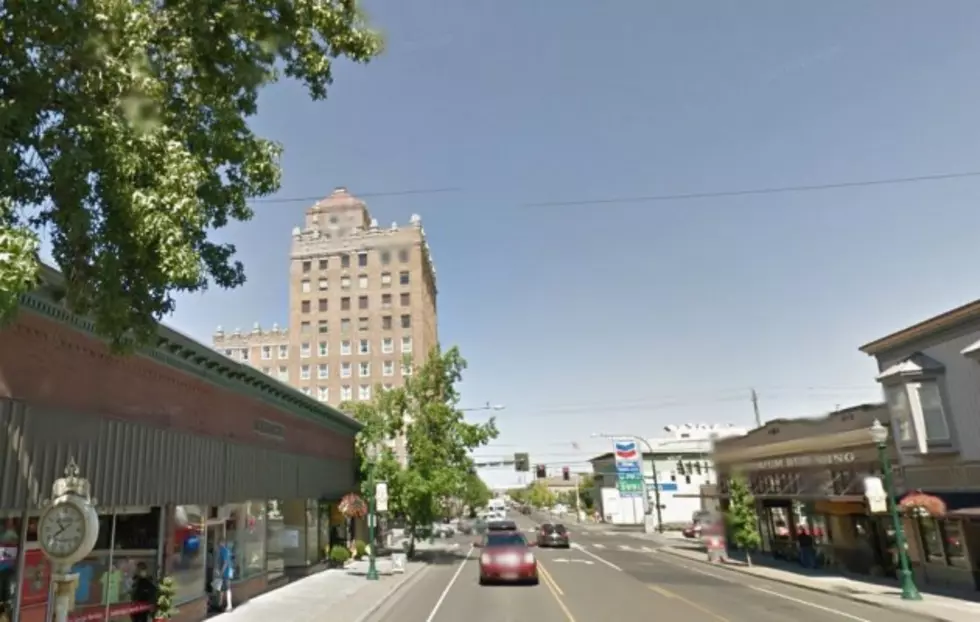
Did You Know Walla Walla Was Almost the Biggest City in the West?
Some who live in Walla Walla wish it was a little bigger, some hope it never gets bigger. Well, if a time machine took you back 150 years ago you'd meet people surprised to learn Walla Walla isn't the political and commercial hub of the West.
A friend just finished a book about John Mullan, the man who engineered the road from Umatilla to Walla Walla to Spokane and across Idaho and Montana. Here are some fascinating facts about Walla Walla.
- In the 1850s Walla Walla was the largest city in Washington, Oregon, Idaho and Montana.
- Idaho was created as a state because Olympia, Washington, didn't want to lose its status as capital of the territory to Walla Walla. If the territory was split, Walla Walla would be on the far east side instead of in the middle.
- The transcontinental railroad was supposed to be built from Walla Walla to Spokane to Coeur d'Alene, to Ft. Benton in Montana because it would connect the Columbia and Missouri Rivers.
- The man who scouted out the route for what became the Transcontinental Railroad did so because he was fired from the Northwest company and wanted to spurn his rivals. Southern senators voted against a railroad through the Pacific Northwest, so the route through the middle of the U.S. won out.
- Walla Walla was the supply depot for most mining camps that eventually became Boise, Butte, Missoula and Helena. Steam ships delivered supplies to The Dalles, which were then transported via mule trains to Walla Walla, and then on to the mining camps.
- Traveling routes the wound through Walla Walla were safer than the Oregon Trail (the Native Americans in Idaho, Montana and Washington were more friendly). The northern route was supposed to replace the Oregon Trail.
- For several decades Fort Walla Walla was the most important military base in the American west. Eventually Fort Vancouver, San Francisco, Missoula and Spokane became more important military hubs.
More From 870 AM KFLD
